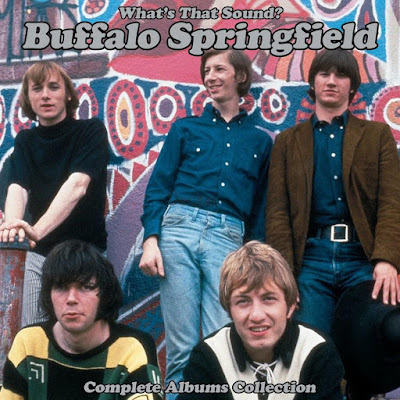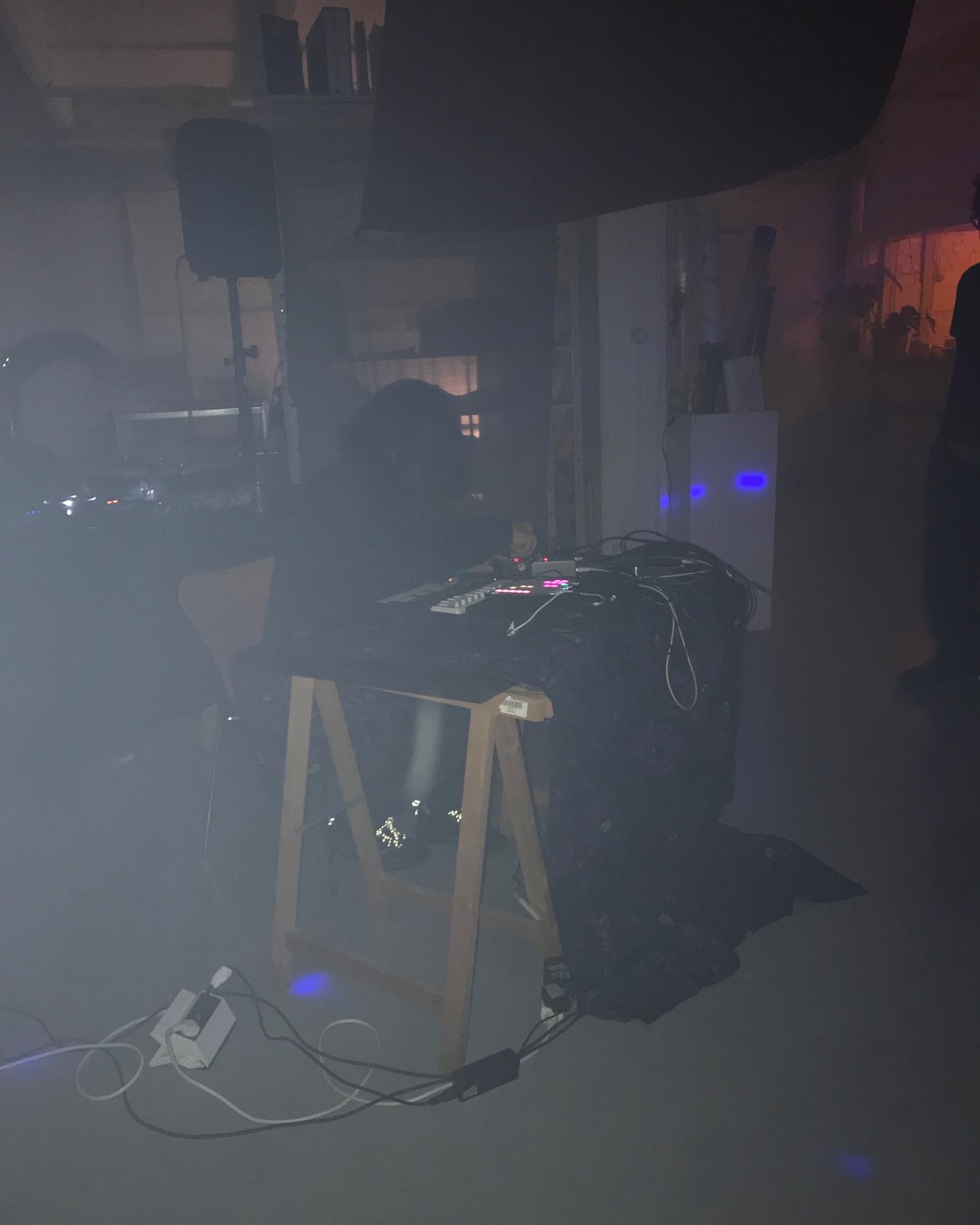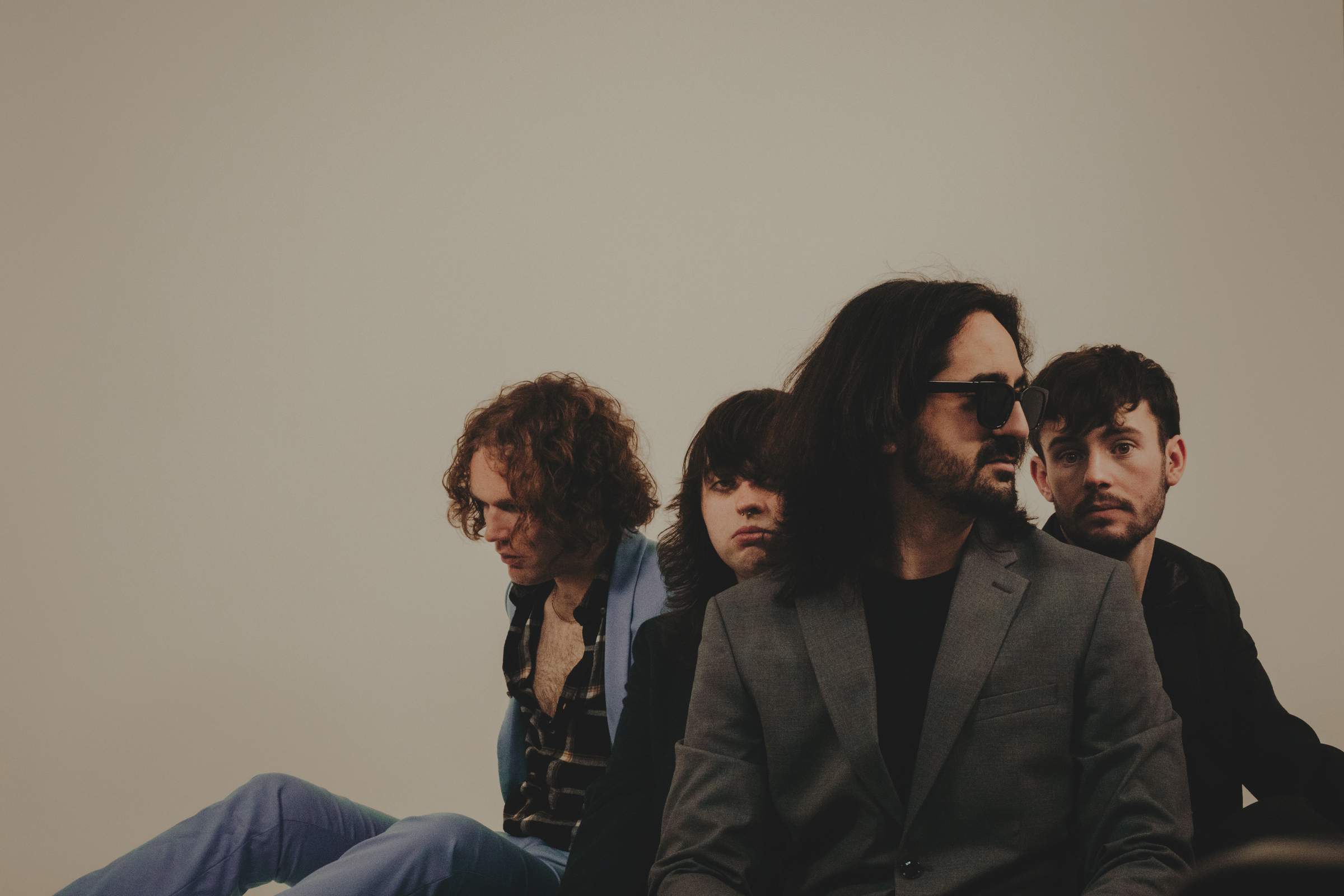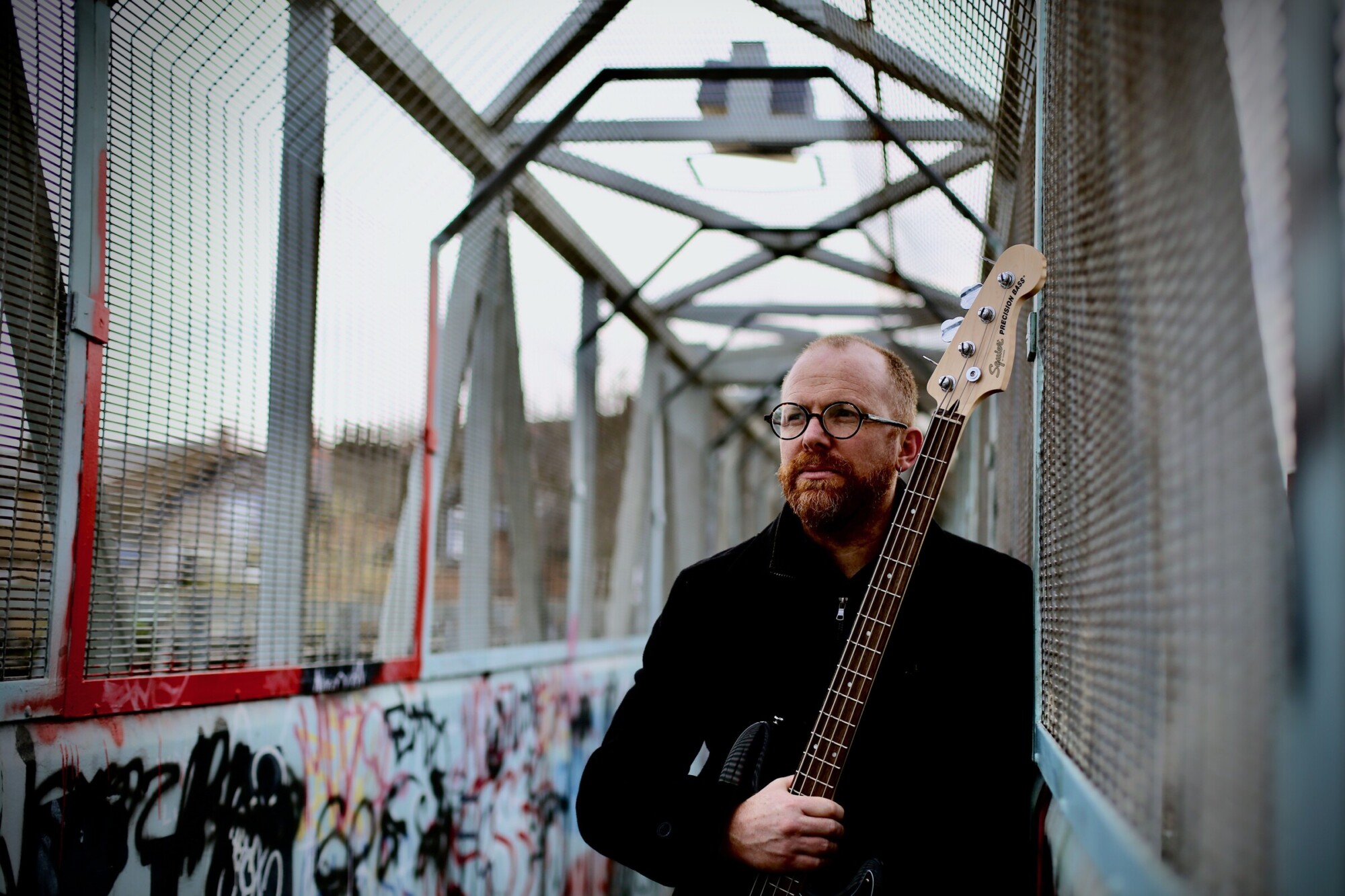Buffalo Springfield – “What’s That Sound?” (2018) review
Buffalo Springfield – What’s That Sound? (2018)
More than 52 years since the release of its debut s/t LP and nearly 50 years after the release of their last album, Rhino Records, has compiled the complete albums collection of Buffalo Springfield in “What’s That Sound?” a five CD or five LP box set. The set includes the band’s first two albums “Buffalo Springfield” (December, 1966) and “Buffalo Springfield Again” (November, 1967) in both mono and stereo mixes, while their farewell release, the aptly titled “Last Time Around” (July, 1968) is present only in stereo, as it was never released in mono.
The original release of “Buffalo Springfield” contained twelve tracks, all band originals, seven penned by Stephen Stills, while the remaining five were written by Neil Young. The band consisted of Stephen Stills (vocals, guitars, keyboards), Neil Young (vocals, guitars, harmonica, piano), Richie Furay (vocals, rhythm guitar), Bruce Palmer (bass guitar) and Dewey Martin (drums, backing vocals). The album included both sides of the band’s first two singles, “Nowadays Clancy Even Sing) b/w “Go And Say Goodbye” and “Burned” b/w “Everybody’s Wrong” with both 45’s having a-sides written by Neil Young and b-sides by Stephen Stills. The day “Buffalo Springfield” was released, the band was in the studio recording their only Top 40 hit, the Stephen Stills penned, immortal protest song regarding the Sunset Strip curfew riots of November, 1966, “For What It’s Worth” which hit the Billboard top 10 in March, 1967, eventually topping out at #7. The song is often seen as an anti-war song, and was indeed adopted by many Vietnam protestors. The tune was so important that it is still rated among the 100 Greatest Songs Of All Time by Rolling Stone Magazine. As a result, the album was repressed in March, 1967, with the hit single replacing the Stills composition “Baby Don’t Scold Me. The running order of the album was slightly reconfigured, and strangely “Baby Don’t Scold Me” has never been reissued in stereo, with all compact disc reissues only containing it in mono. For whatever reason, the track is included on this set only in mono as well, the result being disc one, the mono version of “Buffalo Springfield” has thirteen tracks, while disc two, the stereo mix contains only twelve. The reason for this remains unknown as the insert card makes no reference as to why the track is not included, although the group has long argued that the mono mix, which they prepared personally is far superior to the stereo mix.. Also, the Neil Young composition “Burned” sees its first reissue in stereo on this set, having redundantly appearing twice in mono on the 1997 HDCD reissue of the album and the 2001 four disc box release “Box Set” while “For What It’s Worth” is presented in both mono and stereo, having previously only appeared in stereo.
Discs three and four contain the mono and stereo versions of “Buffalo Springfield Again” respectively. The ten tracks included on the LP include four by Stephen Stills and three each by Neil Young and Richie Furay, the first songs by Furay recorded by the band. The album opens on with the snappy “Mr. Soul,” written about Young’s personal issues with rock stardom and fame, and closes with the extended, six minute plus “Broken Arrow” another Young composition, which opens with audience applause taken not from a Buffalo Springfield concert, but rather from one by The Beatles and studio applause from “Mr. Soul” which was recorded live in the studio. “Broken Arrow” was a reference to a ceremony by the Creek Indians to symbolize the end of the Civil War. The song was recorded with Young making the only musical contributions of band members at the time, with Furay’s vocals added later. None of the other members play or sing on the song. “Expecting To Fly” also by Young, was recorded during a period when he had left the band, and he is the only band member featured, with Jack Nitzsche supplying the musical arrangements. Stills’ haunting “Bluebird” features tasteful guitar by Stills and Young and is perhaps the standout track of the album. “A Child’s Claim To Fame” is an early foray by Furay into country rock, which he would continue with the formation of Poco following the dissolution of Buffalo Springfield which was already becoming apparent by the time this second album was recorded. Another highlight is Stills’ “Rock And Roll Woman” which allegedly includes vocals by David Crosby and contains guitar work which would become emblematic of Crosby, Stills, Nash and Young’s sound. “Again” far outperformed “Buffalo Springfield” topping out at #44 on the charts compared to #80 by their debut, but the end of the band was already in sight.
Disc five is Buffalo Springfield’s final album, the aptly titled “Last Time Around” which was made available only in stereo on its release in July, 1968. The album was released to fulfill contractual obligations to Atco Records. Despite the fact that the LP’s cover contains a photo of the original five members, bassist Bruce Palmer appears on only one track, “On The Way Home” with the remaining tracks contained bass contributions by producer Jim Messina, later of Loggins and Messina, Stephen Stills and studio musicians. By the time the album was completed, Buffalo Springfield no longer existed. However, it contains tunes important to the writers. “I Am A Child” and “On The Way Home” became important parts of Neil Young’s live repertoire, solo and with CSNY. Stephen Stills’ “Questions” was combined with another of his songs “Carry On” and as such became the opening track to CSNY’s “Deja Vu” as well as becoming an integral part of their set list, as evidenced by its inclusion on the group’s live double LP “Four Way Street.” The closing track “Kind Woman” was re-recorded by Richie Furay and his band Poco, and was an essential part of their live shows. Ironically, “Last Time Around” received a better critical reception than either of their previous releases, and barely missed making the Top 40 of the Billboard album charts, topping out at #42. Thus came the end of the original lifespan of a band that, in retrospect, has come to be recognized as having an incredible amount of influence on rock music, spanning from psychedelia (“For What It’s Worth”) to country rock (“Kind Woman”) and all genres in between.
“What’s That Sound?” ia an important document of American rock music of the mid to latter 1960’s, and is a welcome addition to collectors as it gathers together both the mono and stereo versions of the band’s first two albums, thus reissuing the mono version of “For What It’s Worth” and the stereo version of “Burned” for the first time. The five disc set comes housed in a tortoise shell box with each disc housed in mini-LP sleeves, “The Last Time Around” in gatefold form. The sound is excellent thanks to the mastering job of Chris Bellman and re-mastering by John Hanlon. The only downside to the collection is a lack of sleevenotes, a booklet, or inserts in the CDs or LPs, with only a single page thick paper insert with cursory notes by Neil Young. It would be nice to have a better point of reference for the compilation of these seminal records. However, it does present Buffalo Springfield’s three releases in all available versions and as such is essential to collectors of 1960’s rock, as well as fans of CSNY, Poco and all the other bands which were spawned by Buffalo Springfield as well as fans of Stephen Stills and Neil Young’s solo works and as such comes highly recommended.
– Kevin Rathert
© Copyright http://www.psychedelicbabymag.com/2018





Good to discover another band from rock's golden days.
Having bought the Boxed Set I was rather hoping we would get better treatment this time around. I'm glad there are less duplicates but why isn't it complete – still. Where is the long version of Bluebird for example? The compilers of Missing Herd Vol 5 & 6 (no volumes 1-4) managed to get 2 CDs of rarities.
The set would have been better without the notes card which is poorly written throughout. The notes for each album version are nearly identical: ” . . .(our mastering team) used the original (not copies) mono / stereo tapes. This version is superior to any pre-existing version, including the first edition.” On and on, same wording, for each of the five albums. Neil (who is credited with writing these notes) apparently didn’t care to take the time to make this information interesting or meaningful for purchasers/listeners. It’s disappointing and bad enough that there isn’t some sort of booklet included. This single one-sided card sounds like it was written by an 8th grader. Rhino typically does a lot better with their album releases.
Despite the few flaws and absent selections (and/or doubled selections) in the previously released Box Set, I enjoyed it. I guess I am mainly pleased this time with the mono version of Buffalo Springfield Again.